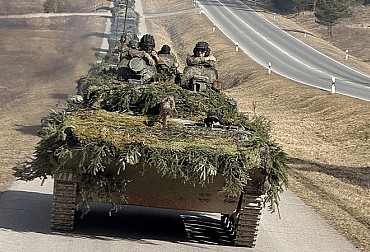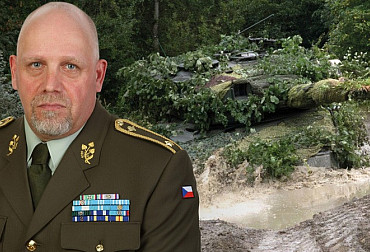Combat Medicine Centre of the ÚVN: We stimulate all the senses of rescuers
The Central Military Hospital (CMH) in Prague recently opened new premises for the Combat Medicine Centre. The Centre is primarily designed for simulating possible scenarios that deepen and expand the knowledge of medical personnel. In parallel, various courses will also be held here, such as those for military medics, who must learn how to handle unexpected events during general anesthesia. Currently, military medics are receiving valuable information from the Ukrainian army, which is being used both in training and in battlefield practice.
Video: Reportage - Combat Medicine Centre of the Institute of Combat Medicine (due to explicit footage of real combat injuries, the video can only be played directly on the YouTube channel and is age restricted) / CZ DEFENCE
Major Jan Páleník, head of the Combat Medicine Centre and deputy head of the Department of Anaesthesiology, Resuscitation and Intensive Medicine at the 1st Faculty of Medicine (KARIM), introduced the new facility. The Combat Medicine Centre is the result of many years of efforts in training military medics. Previously, these courses were held in the KARIM simulation centre. "The new facilities allow us to expand our professional courses both in number and in scope," Páleník said. The courses focus on teaching pre-hospital care under combat conditions. "In fact, we train all levels, both non-medical personnel and paramedics, but we also welcome doctors to our courses," adds Maj. Páleník. The latest mannequins are used for simulated training, which allow for training in almost all emergency conditions and injuries.
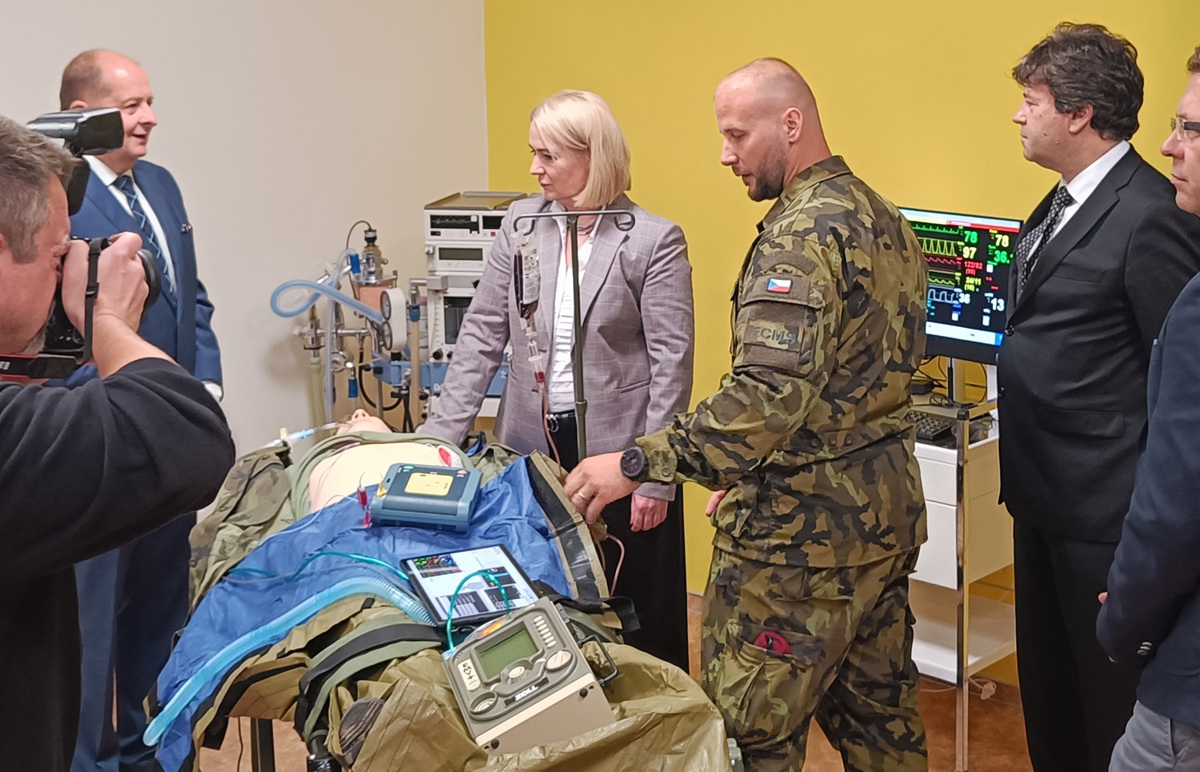
The trend is toward simulated training, followed by training in a real environment. The difference is crucial. "Let’s not kid ourselves, we try to make the most comprehensive and sophisticated scenarios in our courses. We pay a lot of attention to the tactical situation itself and place great emphasis on simulating a combat environment. It includes noise, smoke, screams—anything you can imagine. We stimulate all the senses, and we can even simulate burnt skin and similar conditions. We have live actors who simulate these medical conditions. They are professional actors who know exactly what to portray and how to do it, which is very important," says Major Páleník. The realism and makeup of injuries must reflect field conditions as accurately as possible. For this reason, the Czech Association of Volunteer Rescue Workers cooperates with the Centre during training.

The training draws from publicly available resources, visual documentation, and civilian experience. As with other army capabilities, practical training in the field has the same goal: recognizing that human error can have fatal consequences. "When any soldier makes a tactical mistake, it can have immeasurable consequences. In simulation medicine, we try to create a safe environment for both the patient and the care provider. Unlike in real situations, we can stop training at any time, evaluate it, reset if necessary, and provide immediate feedback to teach the correct medical procedures. This way, we reduce the number of errors that may occur," explains Jan Páleník. Of course, human error occurs in real-life situations as well, but thorough and consistent preparation can help soldiers cope with combat stress.

As warfare and technology evolve, so do the types of injuries soldiers sustain on the battlefield. The situations in Afghanistan, Israel, and now Ukraine serve as examples. The injuries are undoubtedly different. "We were used to expeditionary forces in Afghanistan, Iraq, and similar places, but the war in Ukraine is completely different. It’s a symmetrical conflict with a technologically advanced enemy, which presents significant challenges for us as medics. The spectrum of injuries is different. There are more explosions, such as artillery and drone attacks. But what’s crucial, what sets us apart from previous conflicts, is the lack or complete insufficiency of systems for resupply or evacuation of the wounded. The evacuation times are very long. Our medics must provide care on-site for many hours, which is a fundamental difference. Medics follow a practiced system, so the question is how this system has changed in Ukraine compared to Afghanistan," explains Jan Páleník. "We have established protocols, and it doesn't matter if you’re providing care on a street outside the Central Military Hospital, in Afghanistan, or in Ukraine. It’s standardized, reducing the number of mistakes based on statistical data. What differs are the circumstances. In Afghanistan, for example, we didn’t have to deal with drone attacks, or only to a limited extent. We didn’t face as many violations of conventions, like attacks on medics. In that respect, it’s certainly more challenging for us now," Major Páleník compares. Injuries from drone attacks are a new addition to the simulations.
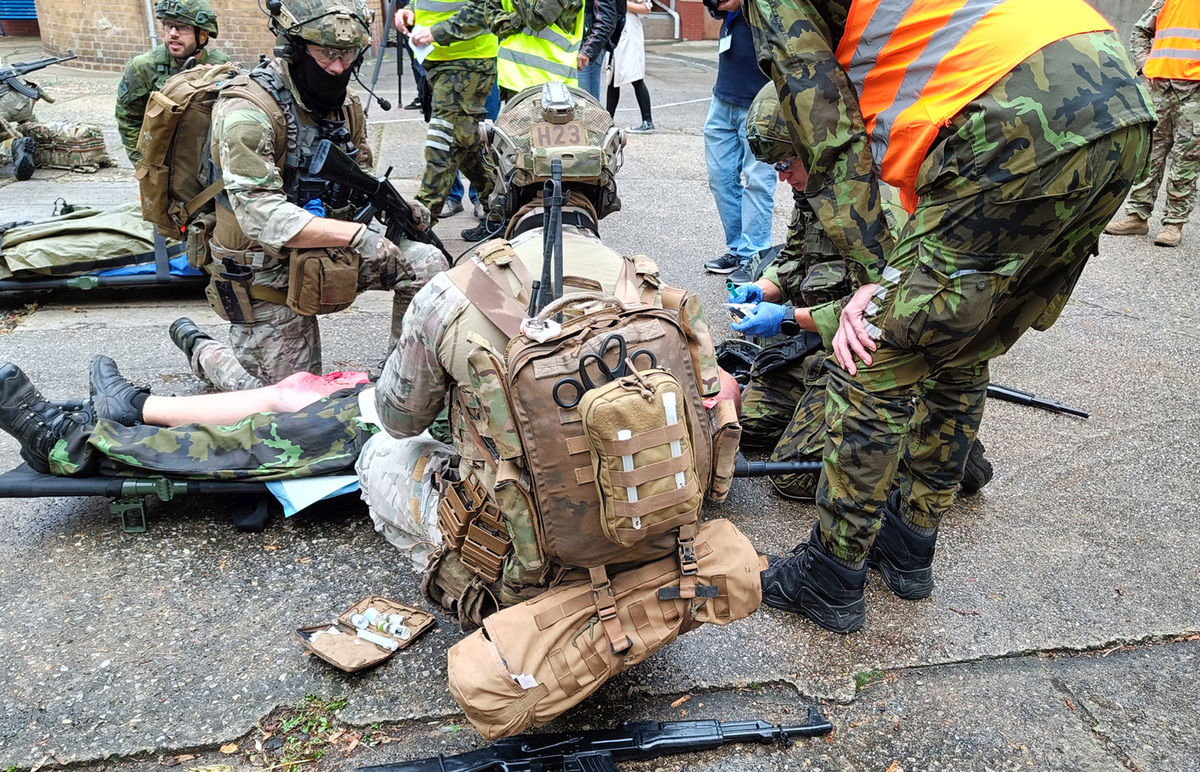
This is why exchanging up-to-date information with the Ukrainian side is crucial. According to Jan Páleník, this exchange happens through professional conferences, where there is an opportunity to share experiences in medical care on the battlefield. International cooperation, especially within the V4 and NATO, is functioning well. "We share this experience with others within NATO, not just the V4. For instance, members of the U.S. Army attended one of our courses last week, and they provide us with feedback as well, and together we strive to improve. Our goal is excellence in training, and we support each other in that," confirms Major Páleník. His words were echoed by Defence Minister Jana Černochová at the opening of the Combat Medicine Centre, where she noted that training Ukrainian soldiers on Czech soil also provides a platform for sharing such information. According to the Minister, Czech medics could deepen cooperation with Israel. "Our medics could refine their techniques in other countries. The best way to train them is by repetition until it becomes second nature," the Minister said.
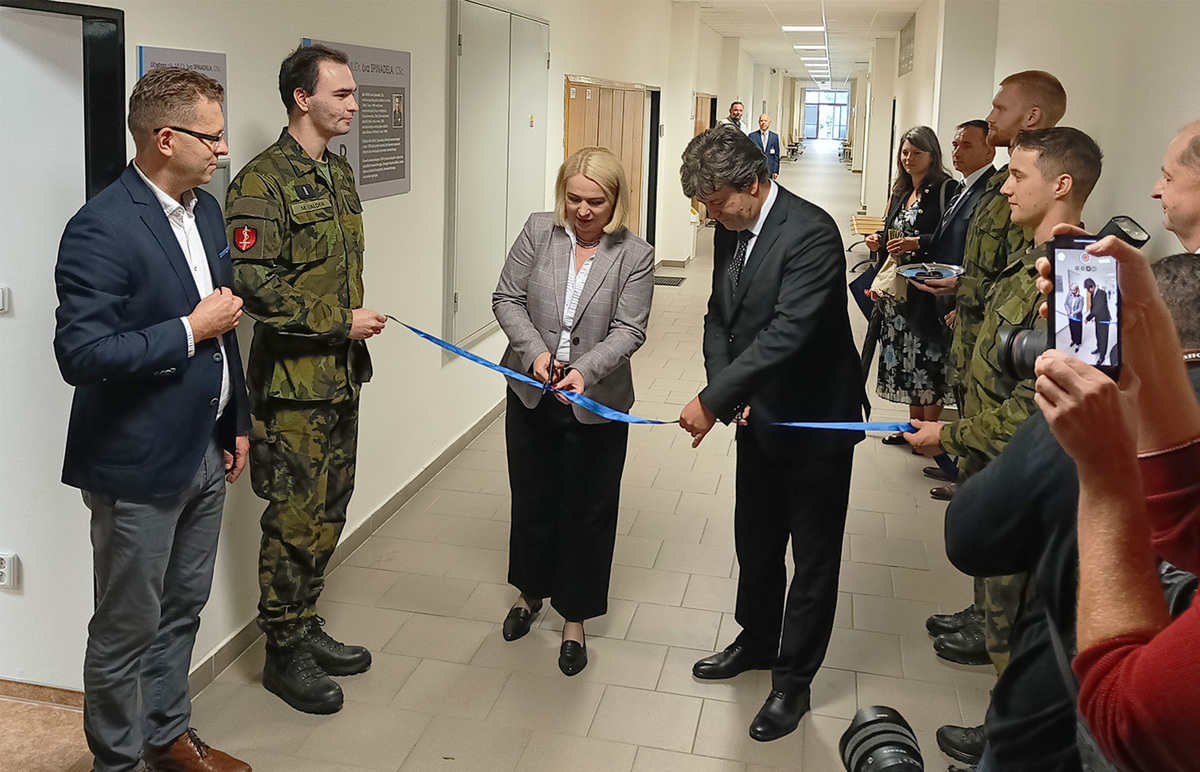
One advantage of the courses offered by the Combat Medicine Centre is that they cater to all levels, from doctors to paramedics. Major Jan Páleník explains the structure of the training: "The courses are four days long. This timeframe seems to be the most practical for many reasons. However, there is always a ‘pre-field’ phase, a training session in our hospital facilities. Here, we cannot simulate the full combat conditions, but we can simulate specific medical conditions in a controlled environment, review treatment standards, and, as I said, stop and analyze the situation, evaluate it, and adjust procedures if needed. Once we are sure that the participants have reached a certain level of knowledge and skills, we release them into the field phase of the training. And that’s where the real medical hell begins. We try to overwhelm the medics with every possible stimulus, whether sensory factors, organ function, or the number of casualties, along with sleep deprivation, hunger, and thirst. These are the real conditions under which medical care would be provided." The medics' knowledge and skills, and their ability to apply them in realistic conditions, are then tested during the exercise. "That is key for us," adds Páleník. The soldiers participated in one such exercise during the official opening of the centre.
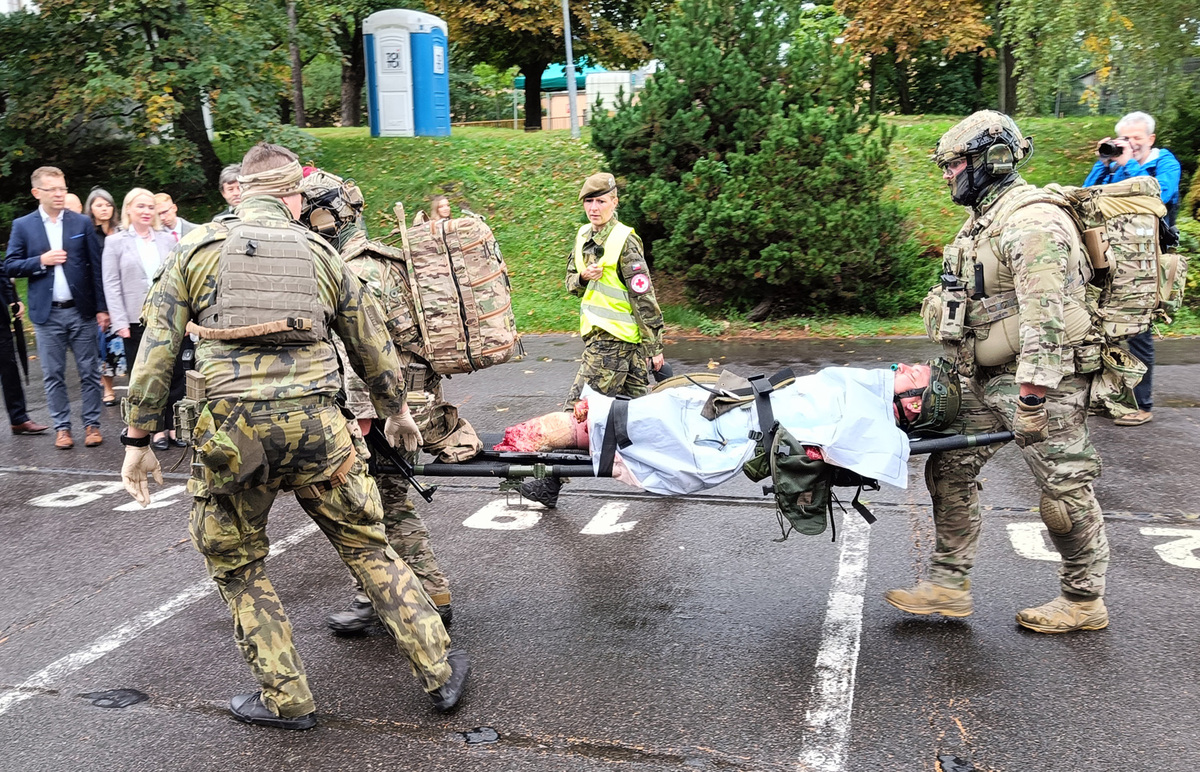
According to Major Páleník, the medics who attend the courses are theoretically and practically well-prepared. Mistakes arise mainly in stressful situations. "People behave entirely differently when they are sleep-deprived. They act differently when they are well-fed and calm. It’s a fundamental difference," says Páleník. Stress is a personal matter, and the purpose of this type of training is to expose soldiers to these conditions so they can learn to manage them, as field medical care is heavily influenced by such stress factors. "We believe that by repeatedly exposing medics to these stress factors, they will learn to work with them and will then be able to provide the best possible medical care," concludes Major Jan Páleník, head of the Combat Medicine Centre and deputy head of KARIM.















